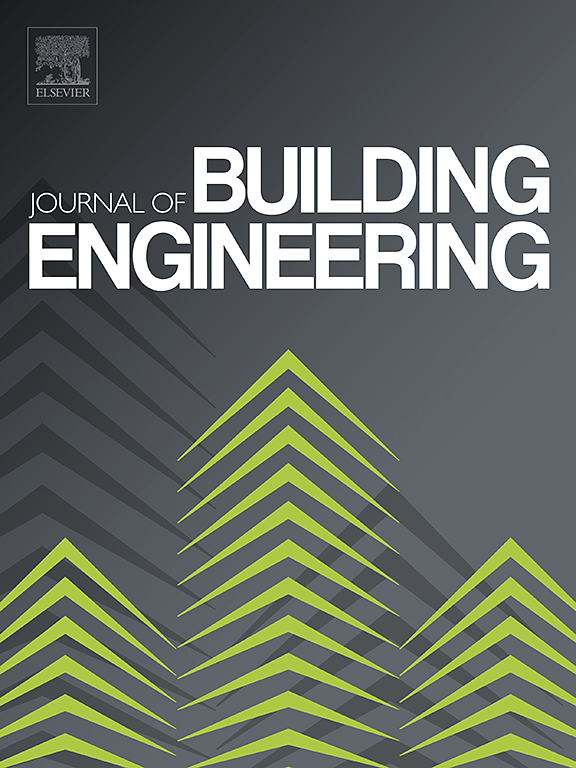Limestone calcined clay (LC³) cement: Ice content profile and calcium carbonate reaction vs pore structure and mechanical properties development
IF 6.7
2区 工程技术
Q1 CONSTRUCTION & BUILDING TECHNOLOGY
引用次数: 0
Abstract
Correlating the evolution of the pore structure, phase composition and mechanical properties of the LC3-based (limestone calcined clay cement) materials is essential for the future guidelines of this eco-friendly binder. Accordingly, the present study focused on the ice content profile and calcium carbonate reaction and their correlation with the pore structure and mechanical properties of the LC3-based materials during the first 56 days of hydration. The ice content profile of the LC3 paste was investigated for the first time via differential scanning calorimetry which requires no pre-drying of the samples. Mercury intrusion porosimetry, X-ray diffraction pattern and thermogravimetric analysis were the techniques utilized for reading the pore structure and phase composition evolution of the LC3 paste. Compressive and flexural strength, and ultrasonic pulse velocity of the LC3 mortars were also studied. Both ice content profile and calcium carbonate reaction were shown to be reliable predictors of the pore structure evolution (i.e. decrease of the capillary pores and emergence of the ink-bottle pores) and mechanical properties built-up in the LC3-based materials. The rate of calcium carbonate reaction in LC3 was the fastest between the 2nd and 7th days of hydration, that reached 1.6 % per day.
石灰石煅烧粘土(LC³)水泥:含冰量剖面和碳酸钙反应对孔隙结构和力学性能的影响
将lc3基(石灰石煅烧粘土水泥)材料的孔隙结构、相组成和力学性能的演变联系起来,对于这种环保粘合剂的未来指导方针至关重要。因此,本研究重点研究了lc3基材料水化前56天的冰含量分布、碳酸钙反应及其与孔隙结构和力学性能的关系。采用差示扫描量热法首次研究了LC3膏体的冰含量分布,该方法无需对样品进行预干燥。采用压汞孔隙法、x射线衍射图和热重分析技术对LC3膏体的孔隙结构和相组成演化进行了研究。对LC3砂浆的抗压、抗折强度和超声脉冲速度进行了研究。冰含量分布和碳酸钙反应是lc3基材料孔隙结构演化(即毛细孔的减少和墨水瓶孔的出现)和力学性能形成的可靠预测指标。第2 ~ 7 d LC3中碳酸钙的反应速率最快,达到1.6% / d。
本文章由计算机程序翻译,如有差异,请以英文原文为准。
求助全文
约1分钟内获得全文
求助全文
来源期刊

Journal of building engineering
Engineering-Civil and Structural Engineering
CiteScore
10.00
自引率
12.50%
发文量
1901
审稿时长
35 days
期刊介绍:
The Journal of Building Engineering is an interdisciplinary journal that covers all aspects of science and technology concerned with the whole life cycle of the built environment; from the design phase through to construction, operation, performance, maintenance and its deterioration.
 求助内容:
求助内容: 应助结果提醒方式:
应助结果提醒方式:


